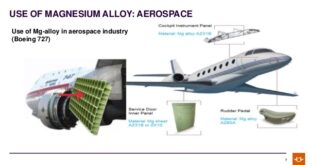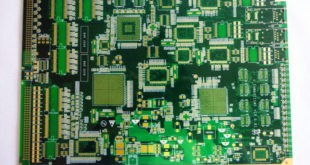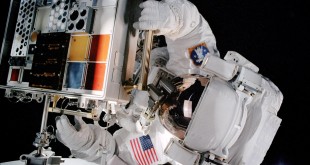The Global Consumer Electronics Market revenue stood at a value of USD 728.1 Billion in the year 2021 and is expected to reach a value USD 964.6 Billion in the year 2028. Consumer electronic products including personal and home electronics are full of components that rely on materials for proper …
Read More »Magnesium Alloys in Military Applications
Magnesium alloys are mixtures of magnesium (the lightest structural metal) with other metals called an alloy. Magnesium alloys are well-known for being the lightest structural alloys. They are made of magnesium, the lightest structural metal, mixed with other metal elements to improve the physical properties. These elements include manganese, aluminum, …
Read More »PCB Design consideration for aerospace and military applications
Printed circuit boards (PCBs) are the foundational building block of most modern electronic devices on which all of the other electronic components are assembled onto. A circuit card is a thin, flat piece of dielectric material that has conductive paths or traces etched on it. These conductive circuits – usually …
Read More »Combination of Topological and magnetic materials for Beyond CMOS low power electronics
In 1965 R&D Director at Fairchild (and later Intel co-founder) Gordon Moore predicted continued systemic declines in cost and increase in performance of integrated circuits in his paper “Cramming more components onto integrated circuits.”Moore’s Law which stated that the number of transistors on a chip will double approximately every two …
Read More »Medical Oxygen is a life-saving essential medicine, require new oxygen-generation-systems
Apart from its industrial usage, oxygen is used for various medical purposes – from general medicine administration to medical assistance and emergency procedures. Oxygen is a critical element for human life existence, and The timely availability of medical oxygen is a decider of life and death for the patient. …
Read More »Material technologies for harsh space environment in Moon, and Mars missions
There is global space race among countries to build Moon bases, harness it’s mineral resources and helium-3, fuel for future nuclear fusion power plants. Space agencies in US, China, Japan, Europe, Russia, Iran , Canada and a few private companies all hope to send people to the moon by as …
Read More »Photonic and Optical Coatings vital for military operations
Optical coatings are widely used in applications including architecture, consumer electronics, solar panels, automotive, medical, telecommunication, and military & defense. Optical or photonic coatings are generally used to increase the reflection, transmission, or polarization properties of a component, e.g., prisms, polarizing films, color filters, mirrors, diffraction mosaics, and refractory …
Read More »Missile Structures and Materials
In military terminology, a missile is a guided airborne ranged weapon capable of self-propelled flight usually by a jet engine or rocket motor. Missiles have five system components: targeting, guidance system, flight system, engine, and warhead. Missiles come in types adapted for different purposes: surface-to-surface and air-to-surface missiles (ballistic, cruise, …
Read More »DARPA RCM building Resilience into Chemical Manufacturing from supply chain disruptions.
The United States relies on chemical manufacturing to provide products ranging from everyday consumer goods (plastics, fabrics, adhesives, paints) to cutting edge technologies (medicines, electronic materials), industrial goods (dyes, pesticides) and military supplies (fuels, explosives). While many high-volume, petroleum-derived chemical feedstocks are produced domestically, much of the fine chemical manufacturing …
Read More »Spintronic materials
Spin electronics (also called spintronics, magnetoelectronics or magnetronics) is “A branch of physics concerned with the storage and transfer of information by means of electron spins in addition to electron charge as in conventional electronics.” Spin-based electronics focuses on devices whose functionality is based primarily on the spin degree of …
Read More » International Defense Security & Technology Your trusted Source for News, Research and Analysis
International Defense Security & Technology Your trusted Source for News, Research and Analysis





